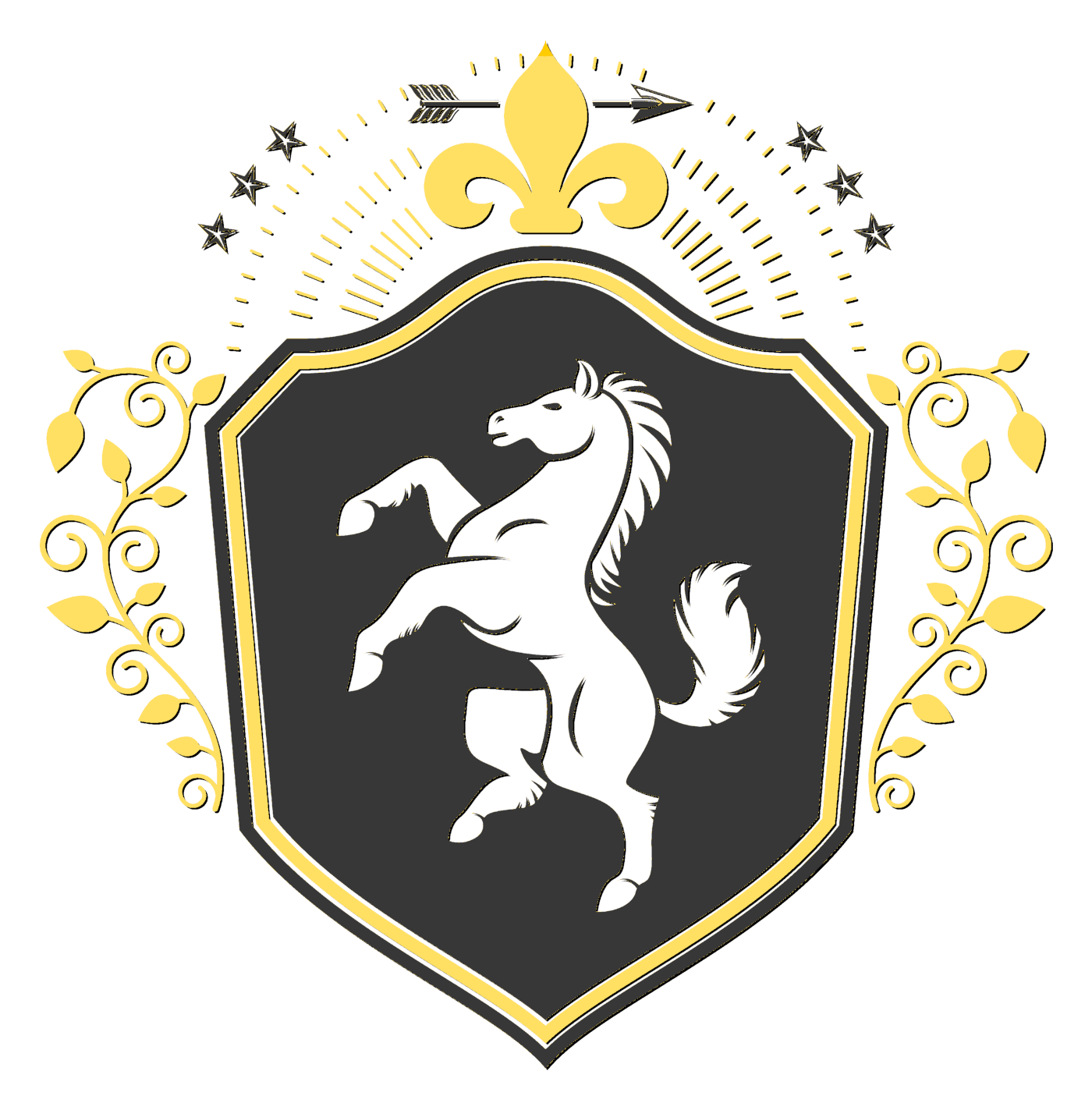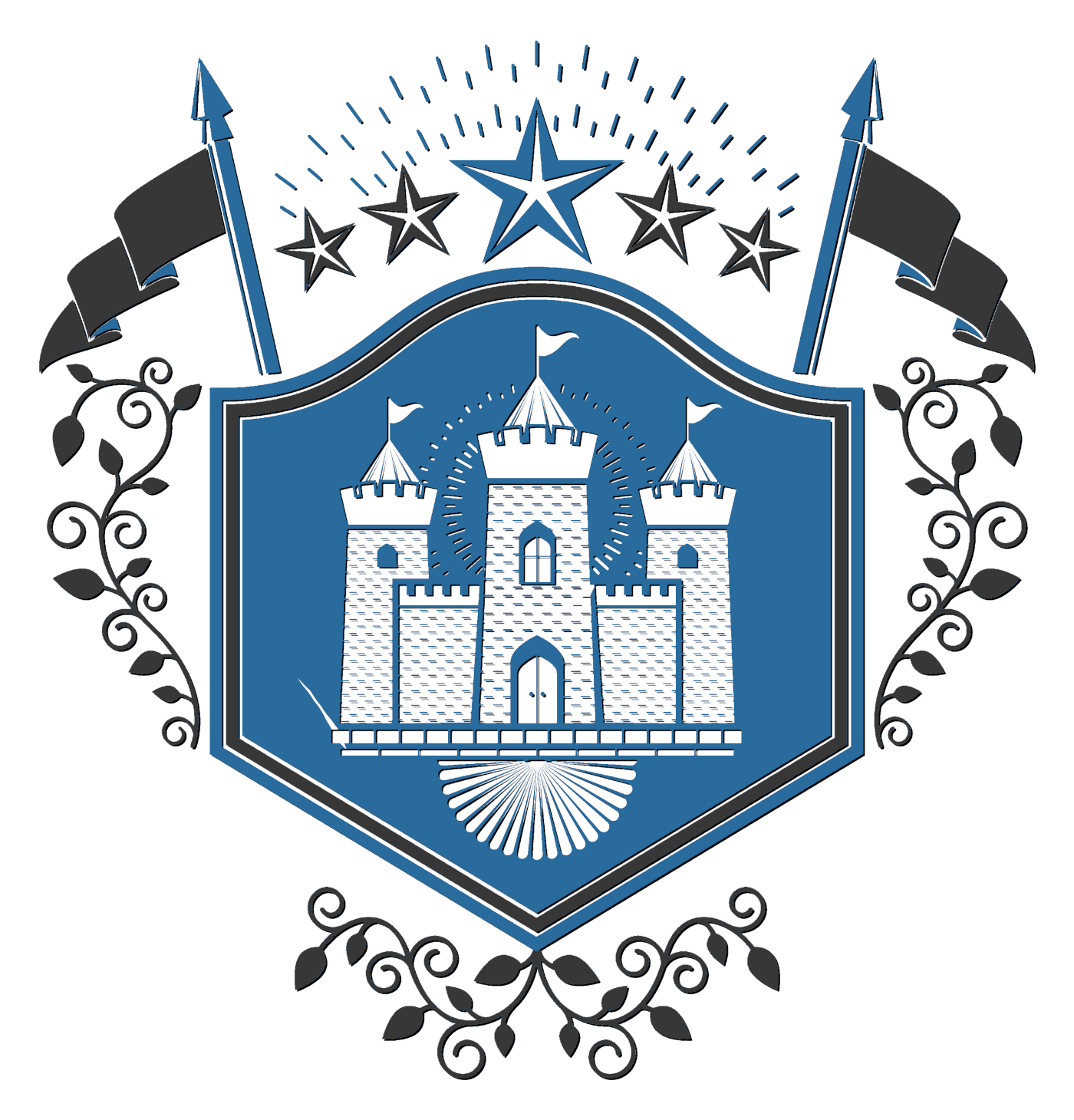This thread is for articles about Volk government. Descriptions of their weaponry, armor, and fighting style are also stored here.
Jump to a specific article: Criminal Justice FlagsSelected Flags:FederatedRot-Haarig***
Weaponry and TrainingJump to the article about Volk Armor.Because the Volk are unwilling to deal with the extreme temperatures required for metal working, they are dependent on other countries for most weaponry. As such, Volk defense and hunting relies on non-metal weapons, primarily bows and slings. Volk of both genders and all statuses are trained in the art of the bow, and they are raised from childhood to know how to improvise a sling on a moment’s notice.
Because of this and other cultural factors, forearm strength and precision are cultivated in men, with women being expected to have a basic aptitude sufficient for self-defense. Volk build up endurance to shoot a bow repeatedly or hurl an object to great lengths, and they train to have high accuracy – and to know where to hit for the most damage. Because arrows and ammo are always limited, the Volk know that one well-aimed shot is worth more than five imprecise shots. The Volk train themselves to think and aim quickly, but they tend to be more defensive rather than offensive, reacting to a situation from a distance if at all possible.
As supplement to their standard bows and slings, the Volk dabble in any weapon that can be thrown or shot. Throwing stars are prized for being both beautiful and practical, and elaborate imported stars are often given to young men to commemorate achievements or coming of age. Harpoons are in the experimental stage and are currently used primarily for hunting. Most Volk know how to build a simple slingshot from available materials. Additionally, the Volk were the first people on Erde to develop a catapult. Because catapults cannot be quickly constructed or easily transported, however, they are considered a tool for organized war only. They were used extensively in the wars that preceded the development of the Federated, but most were destroyed after the pact was formed as a sign of peace.
Swordsmen do exist within the Federated; if a man should be so fortunate as to own an imported sword, he is expected to know how to use it. In general, however, the Volk prefer the more practical and less expensive dagger, which can double as a household tool. The Volk view knives and daggers as butchering implements, both at home and in war; the Volk view the dagger as a “last resort” when a battle has degraded to being one-on-one at close range. Despite their throwing skill, the Volk consider throwing knives to be a crude and brutal tactic.
Because most of their weapons are long-range, the Volk prefer distance attacks. They avoid hand-to-hand open combat, instead attempting to surround, ambush, or attack from the rear. They love the element of surprise and often try to attack without being seen. When shooting fails to take down a target, they run. Volk can sprint rapidly at short distances, weaving to avoid fire if necessary, and they rarely stand still on a battlefield. They do not have endurance and they do not run well over uneven terrain, but in the flat fields of the southwest, sprinting is usually sufficient to evade wild animals or lumbering giants.
In organized war, a Volk army is typically divided into small regiments lead by a captain. A commander often spreads his regiments out across the battle, assigning them to specific tasks. On the battlefield, Volk soldiers are keen on their surroundings, including their comrades, and know how to manipulate them to achieve their goal. The Volk are not easily daunted by changes in the weather or terrain, but their self-centered attitude is their weakness. They do not have a high respect for the lives of their comrades, and they avoid close teamwork, leaving them susceptible to disunity.
Given their policy of “pack light, run fast,” the Volk consider a healthy figure to be lean but strong. They are not obsessed with being slim, nor are the frail necessarily shunned – even a weak man can be deadly with good accuracy. But the Volk view obesity as a sign of excess or laziness, and in their lean work-based culture, laziness is both a sin and an impediment. Even those with stable jobs keep themselves fit, ever wanting to prove to their masters that they are the best for the job. The landlords, who are the only ones who can afford laziness, are too vain to allow themselves to gain weight. Highly muscular builds are not considered particularly attractive, but some workers, particularly guards, will cultivate them to advance their career.
In the early days of Erde’s history, all Volk were raised to be able to defend themselves. Most could wield a weapon decently, but few were trained to fight for a living. As estates began to form and landlords looked for armies to wage war, soldier and guard became established professions. In the race to secure jobs, many serfs abandoned self-defense training in favor of practicing their chosen craft. But the bitter wars that preceded the development of the Federated drove the need to be self-defensive to a new high. It became expected that all Volk have basic training in fighting, and many men were drafted to serve in their landlord’s army while maintaining their regular job. Even after temporary peace was established with the Federated, the Volk kept their weapons close at hand, ready to defend their lives should another estate attack.




